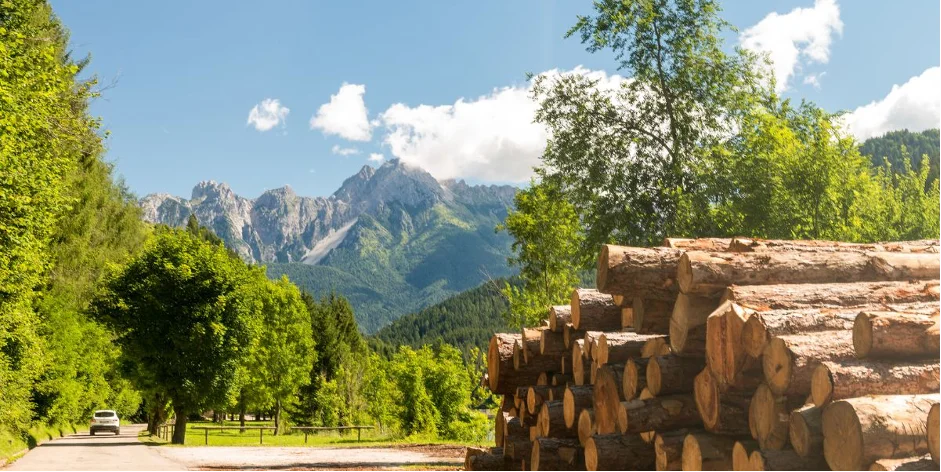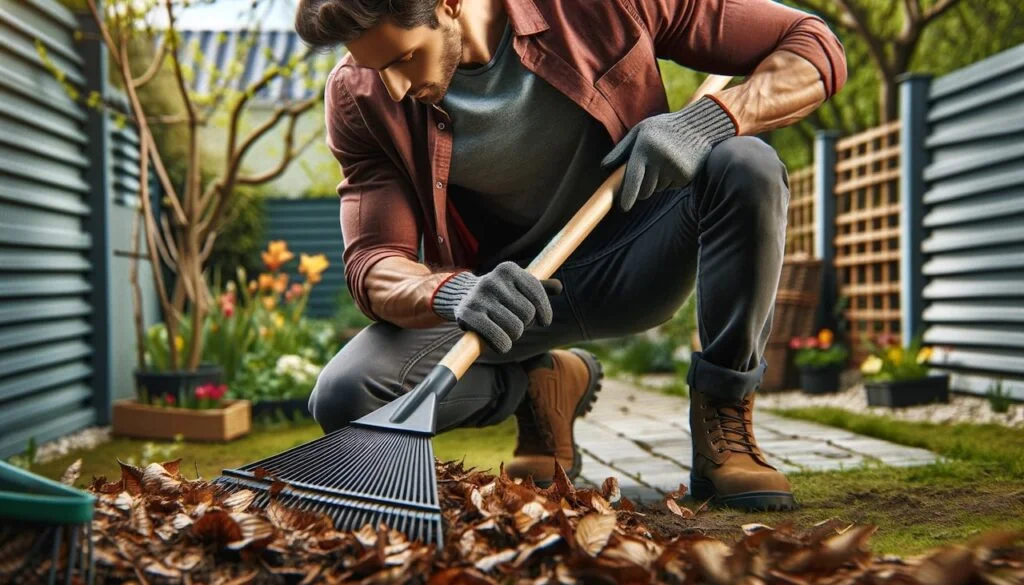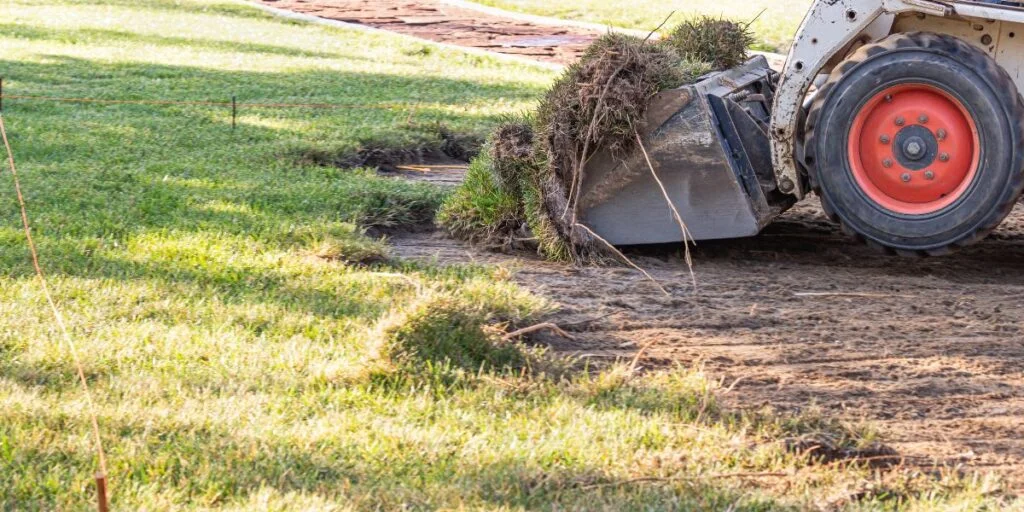Choosing the right landscape timbers for your outdoor projects is paramount to achieving not only an aesthetically pleasing environment but also ensuring longevity and durability. Landscape timbers play a crucial role in framing outdoor spaces, supporting soil, and defining areas within gardens and yards. The lifespan of these timbers can significantly influence the maintenance, appearance, and overall success of landscaping projects. Therefore, understanding the types of landscape timbers available, their expected lifespans, and how to extend their durability is essential for homeowners, gardeners, and landscaping professionals alike.
How Long Do Landscape Timbers Last?
The lifespan of landscape timbers can vary widely based on the material, environmental conditions, and maintenance. Pressure-treated wood can last between 10 to 20 years, depending on the chemicals used and the wood’s exposure to elements. Cedar, with its natural resistance to decay, can also last up to 15 to 20 years if properly maintained. Recycled plastic timbers, on the other hand, can last upwards of 50 years, making them the most durable option among the three.
Additionally, we have also mentioned below various other types of landscape timbers and their expected lifespans.
| Type of Landscape Timber | Expected Lifespan | Key Factors Influencing Longevity |
| Untreated Softwoods (e.g., Pine, Spruce) | 2-5 years | Susceptible to rot and insect damage; lifespan heavily influenced by weather conditions and soil moisture. |
| Treated Softwoods (e.g., Pine, Spruce) | 5-20 years | Natural oils provide some resistance to rot and insects but are less durable in ground-contact situations compared to treated wood. |
| Cedar | 15-20 years | Chemical preservatives significantly increase resistance to rot, decay, and insect damage. Environmental conditions and the quality of treatment process affect lifespan. |
| Redwood | 10-30 years | Naturally resistant to decay and insects. Durability varies with the quality of the wood and environmental conditions. |
| Pressure-Treated Lumber | 20-40 years | Chemical preservatives significantly increase resistance to rot, decay, and insect damage. Environmental conditions and the quality of the treatment process affect lifespan. |
| Composite | 25-50 years | Made from wood fibers and plastic, composites are resistant to rot, decay, and insects. Longevity can vary based on the quality of the composite material. |
| Railroad Ties (Treated Hardwoods) | 20-30 years | These have a long lifespan but may carry environmental and health considerations. |
| Oak (White Oak) | 10-20 years | Natural resistance to decay and insects, especially when properly maintained. Durability varies with exposure conditions. |

Note: These are the expected lifespans of various landscape timbers, but it’s crucial to consider that actual longevity can vary significantly based on factors such as installation method, local climate, soil conditions, maintenance practices, and exposure to moisture and pests.
Regular maintenance, such as sealing wood and ensuring proper drainage, can extend the life of landscape timbers beyond the lower end of their expected lifespan ranges.
Factors Influencing Durability of Landscape Timbers
Landscape timbers play a crucial role in garden design and outdoor structures, offering both aesthetic and structural benefits. However, their durability can be influenced by several factors, including environmental impacts, maintenance requirements, and common threats such as pests and rot. Understanding these factors can help in selecting the right materials and in implementing preventive measures to extend the lifespan of landscape timbers.
Environmental Impacts
The durability of landscape timbers is significantly affected by the environment they are exposed to. Factors such as extreme weather conditions (e.g., intense sunlight, heavy rain, and freezing temperatures) can accelerate wear and tear. High humidity levels increase the risk of mold and mildew, while direct contact with soil can lead to moisture absorption and decay.
Maintenance Requirements
Regular maintenance is key to extending the life of landscape timbers. Protective coatings, such as sealants and stains, can shield timbers from moisture and UV damage. Periodic inspections are also crucial for early detection of issues such as cracks or signs of weakening, allowing for timely repairs.
Common Threats
Pests, such as termites and carpenter ants, pose significant threats to landscape timbers, particularly those not treated with pest-resistant chemicals. Rot, caused by fungi due to excess moisture, is another major concern. Choosing wood types that are naturally resistant to pests and rot, such as cedar or redwood, and ensuring proper drainage can mitigate these risks.
How to Make Landscape Timbers Last Longer?
Like all wood products, landscape timbers can deteriorate over time due to exposure to moisture, insects, and the elements. To ensure your landscape timbers last as long as possible, consider the following strategies:
Adding Pressure Treatment
Pressure-treated wood is infused with chemicals that resist rot, fungi, and insect infestation, making it a durable choice for outdoor use. When purchasing landscape timbers, opt for pressure-treated options, especially if they will be in direct contact with the soil. This treatment significantly extends the life of wood by protecting it against the common causes of decay.
Ensuring Proper Installation
Proper installation is key to prolonging the life of landscape timbers. Ensure that the area is well-drained to prevent water from pooling around the wood. If you’re using the timbers for garden beds or retaining walls, consider laying a base of gravel before installation. This improves drainage and reduces wood rot. Secure the timbers firmly in place with rebar or landscape spikes to prevent shifting that can cause cracks and splits over time.
Painting Your Timbers
Applying a coat of paint or stain to landscape timbers not only enhances their appearance but also provides an additional layer of protection against the elements. Choose a product designed for outdoor use and specifically formulated to protect wood. Reapply the paint or stain every few years, or as recommended by the product manufacturer, to maintain its protective qualities.
Installing a Moisture Barrier
A moisture barrier between the soil and the timber can significantly extend the wood’s life by preventing direct contact with damp soil. Use heavy-duty plastic sheeting or a specially designed landscape fabric as a barrier. This step is particularly important in areas with high moisture levels or for projects like garden beds where soil contact is unavoidable.
Choose the Right Wood
The type of wood can also affect the longevity of landscape timbers. Hardwoods generally last longer than softwoods in outdoor conditions. Cedar and redwood are excellent choices for landscape projects because they have a natural resistance to decay and insects. Although these options may be more expensive initially, their durability makes them a cost-effective choice in the long run.
Avoiding Overexposure to Moisture
Finally, take steps to minimize the timbers’ exposure to moisture. Ensure good drainage in your landscape design and avoid placing sprinklers in a way that they constantly soak the timbers. If possible, design your landscape to include features that deflect water away from timber installations.
By selecting the right materials, using protective treatments, and following best installation practices, you can significantly extend the lifespan of your landscape timbers. These steps will not only save you money in the long run but also maintain the beauty and integrity of your outdoor space.
The Bottom Line
The choice of landscape timbers significantly affects the sustainability, appearance, and longevity of landscaping projects. By understanding the types of materials available, their expected lifespans, and how to maintain them, homeowners and professionals can make informed decisions that ensure their outdoor spaces remain beautiful and functional for years to come. Encouraging sustainable and durable choices not only enhances the immediate surroundings but also contributes to a healthier environment overall.
Make Your Landscape Timbers Last Longer With Cutters Landscaping
At Cutters Landscaping, a premier landscaper in Austin, Texas, we specialize in enhancing the durability and beauty of your outdoor spaces with high-quality landscape timbers. Our expert team is dedicated to selecting the perfect timbers for your garden, applying advanced treatments to resist weathering, and employing precision installation techniques.
Frequently Asked Questions
Q.1 What are the best timbers for landscaping?
The best timbers for landscaping are cedar, redwood, and pressure-treated wood. Cedar and redwood are naturally resistant to rot and insects, making them durable choices. Pressure-treated wood, treated with chemicals to resist decay, is a cost-effective option for those on a budget. Each offers longevity and aesthetic appeal.
Q.2 How do you keep landscape timbers from rotting?
To prevent landscape timbers from rotting, apply a wood preservative or sealant to protect against moisture and insects. Elevate timbers off the soil using gravel or sand beds, ensuring proper drainage. Additionally, use naturally rot-resistant wood types like cedar or redwood, or opt for pressure-treated wood designed to resist decay.
Q.3 How long will pressure treated landscape timbers last?
Pressure-treated landscape timbers can last between 10 to 20 years, depending on the environment and maintenance. Factors such as soil contact, moisture levels, and the type of pressure treatment used can affect their longevity. Regular inspections and treatments with wood preservatives can extend their lifespan further.



